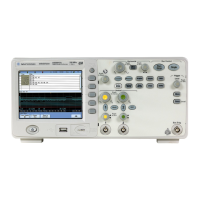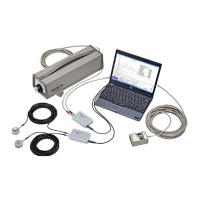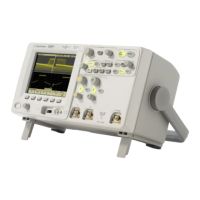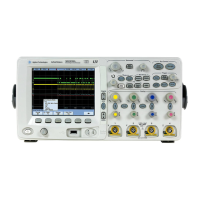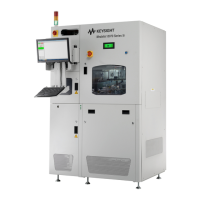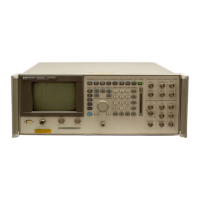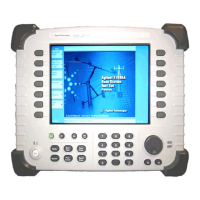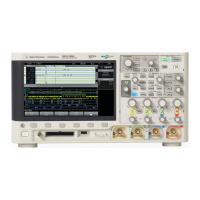Chapter 5: Troubleshooting
Primary Trouble Isolation
5–7
C
Check the processor temperature. If the processor temperature is over 70 °C, the
motherboard will turn on an audible alarm. If the alarm can be heard:
1 Reboot the oscilloscope.
2 Press del key when the splash screen is seen.
3 Scroll down to PC Health Status and press the Enter key.
4 Check that the Current CPU Temperature is around 45 °C.
,IWKHSURFHVVRUWHPSHUDWXUHLVKRWFKHFNWKHIROORZLQJ
1 Check that the processor’s heatsink is properly attached.
2 Check that the heatsink fan cable is connected to the motherboard.
,IWKHDERYHVWHSVGRQRWVROYHWKHSUREOHPWKHQUHSODFHWKHPRWKHUERDUGDVVHPEO\
D Check for the fan failure message. When the oscilloscope application loads, it will
check that the fans are running. If a fan is not running, a fan failure message will appear.
If more than one fan has failed, the oscilloscope will shut down.
E Run oscilloscope self-tests.
1 Enable the graphical interface. Refer to section 2 “Preparing for use” for instructions.
2 Select Self Test from the Utilities menu.
3 Select Scope Self Tests from the Self Test drop down list box.
4 Click the Start Test button and follow the instructions on the screen.
,IDQ\RIWKHVHOIWHVWVIDLOJRWRWKH$FTXLVLWLRQ7URXEOH,VRODWLRQWURXEOHVKRRWLQJIORZFKDUW
ODWHULQWKLVFKDSWHUIRUIXUWKHUWURXEOHVKRRWLQJ2WKHUZLVHJRWRVWHS)
F Check the front panel response by running the knob, key, and LED self tests.
8VHWKLVSURFHGXUHWRYHULI\FRUUHFWNH\ERDUGRSHUDWLRQ
1 Enable the graphical interface.
2 Select Self Test from the Utilities menu.
3 Select Knob and Key from the Self Test drop down list box, then click Start.
$QHZZLQGRZDSSHDUVZLWKDV\PEROLFUHSUHVHQWDWLRQRIWKHNH\ERDUG6HHILJXUH

